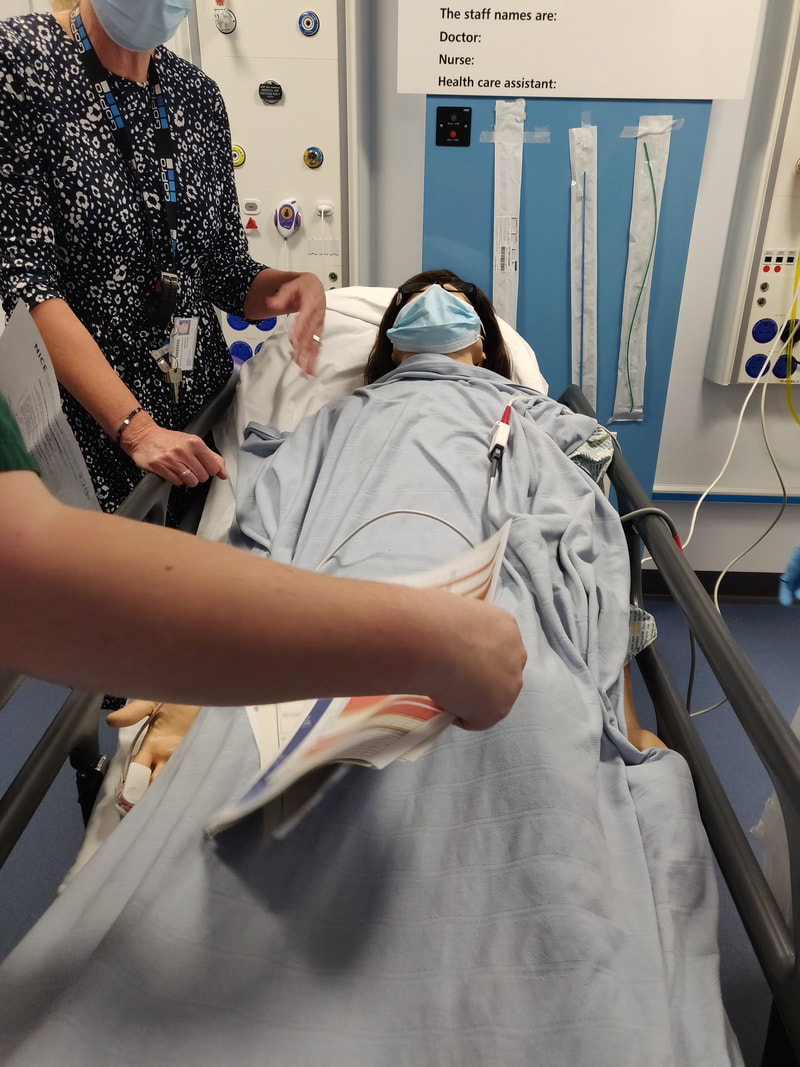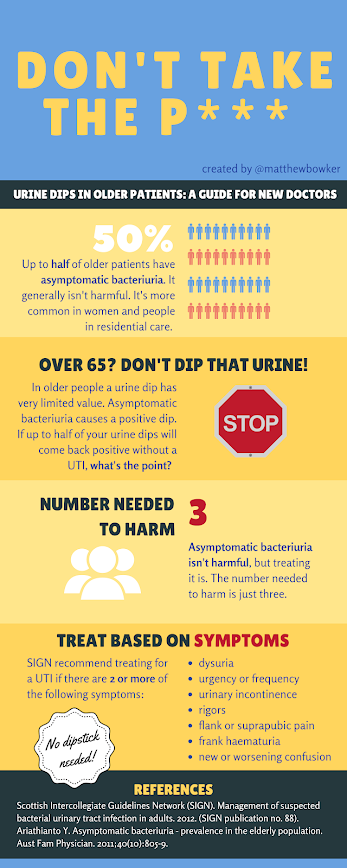|
Today we looked at how we investigate older people with traumatic injury. The TARN report on major injury in older people (2017) showed differences in how these patients are looked after compared to younger trauma patients. A high number of injuries occur from falls from standing height in the home, and major injuries can be difficult to identify. In related news, over the next couple of months we will simulate some trauma calls to run through processes and identify any potential system errors when caring for trauma patients in the emergency department. The simulated case: A 90 year old female who had been found on the floor of her lounge by carers. She has been unable to describe the day’s events but has pain in her hip.
What did we think? In debrief we discussed: Imaging: We talked about the chest examination involving a firm palpation around the sides and back of the chest if possible, to ensure we don’t miss injury around the sides of the patient. In this patient, with definite head and hip injuries on opposite sides of the body, with low saturations and pain around the side of the chest there are indications for a CT trauma scan to look for underlying injury. In other cases it may be entirely appropriate to have a CT head and a hip x-ray. Each case should be considered and discussed with someone experienced in seeing such patients.
We hear older patients say they have recurrent urinary infections - and this may of course still be the case - but consider whether there is something else that is being misdiagnosed based on positive urine dip/culture. Start afresh. This is only about leukocytes/nitrites and infection, so if you’re using the urine dip for another purpose this doesn't apply! Physiological considerations: We talked about how particularly in older people it needs to be considered whether their past medical history, frailty or medication history might be affecting the clinical picture and lead to error. For instance are they taking a medication to control heart rate that affects a tachycardic response to bleeding? By definition frailty is a reduced ability to keep homeostasis after insult, so normal observations may not be reassuring, and may represent a lack of response to injury where there should be a response. To do: RCEM learning on silver trauma [ ] Have a look at the GP guidance on UTI in those over 65 years of age [ ] If you took part in the sim, you can use this blog as a starter to reflect on your own experience of it [ ] Blog by: James Keitley ED sim fellow --------------- For clinical decisions please refer directly to the guidance. This blog may not be updated. All images not cited are copyright- and attribution-free in the public domain or taken by the author.
1 Comment
25/5/2022 08:41:08
<a href="https://www.dosepharmacy.com/fildena-25mg-tablet">fildena 25 mg</a> standard suggested portion of Viagra for treating ED is 50 mg, yet your primary care physician could endorse anywhere from 25 mg to 100 mg. Since Viagra can influence different pieces of the body, like the heart and lungs, it's essential to stick to the portion and instructions your doctor gives.
Reply
Leave a Reply. |
Categories
All
The Derrifoam BlogWelcome to the Derrifoam blog - interesting pictures, numbers, pitfalls and learning points from the last few weeks. Qualityish CPD made quick and easy..... Archives
October 2022
|


